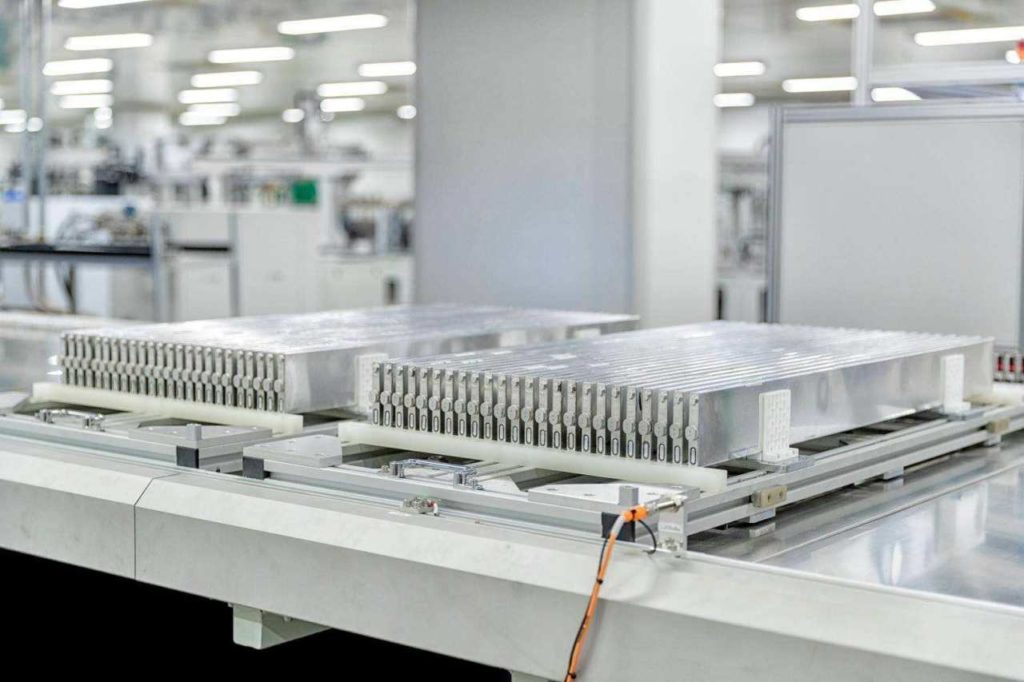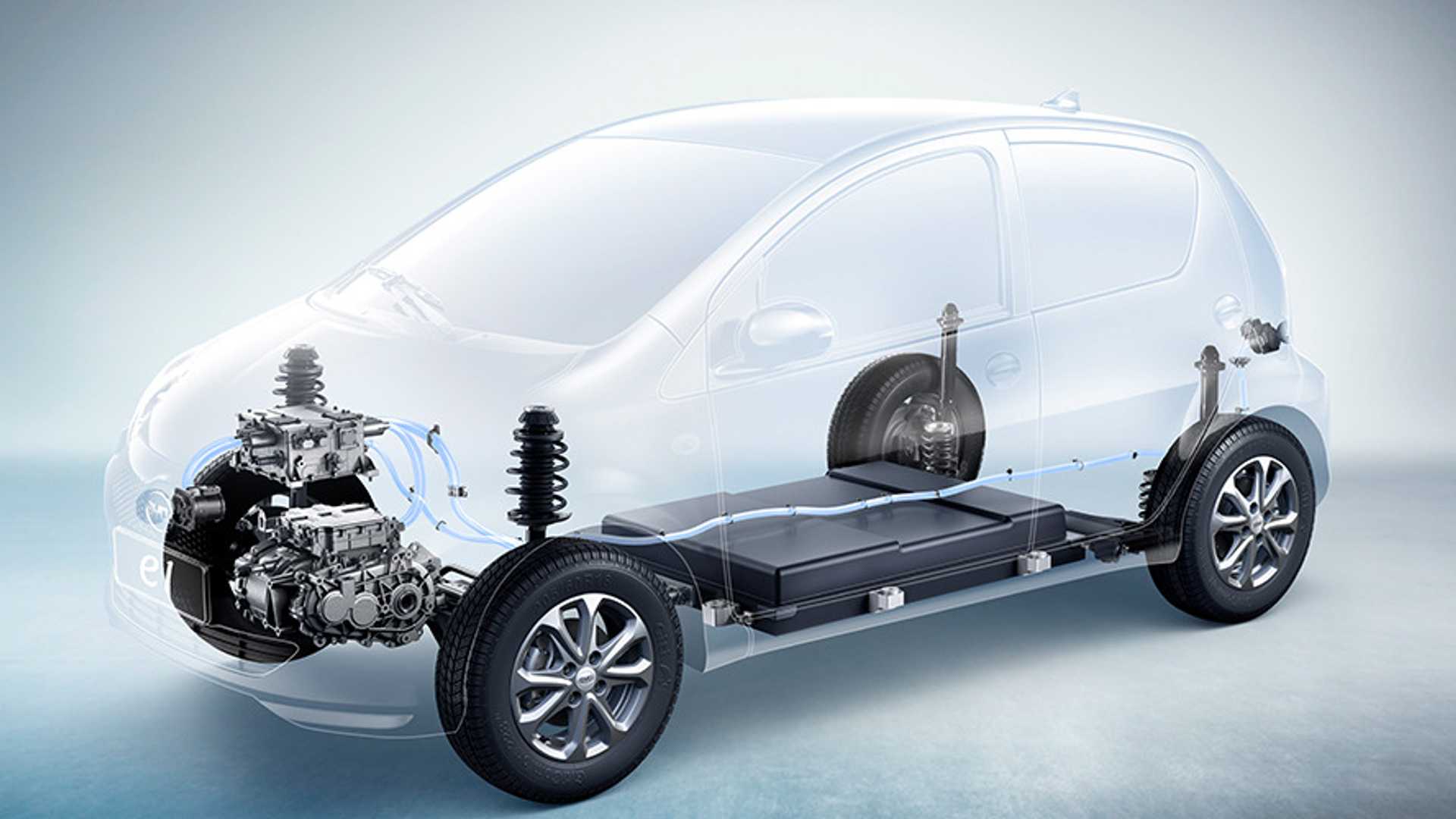A few weeks ago, the Chinese manufacturer BYD surprised the world with the presentation of its new “Blade” batteries. A radically different proposal that offers us extra long cells that can have a size per unit of between 60 centimeters and 2.5 meters and that also have other points in their favor. These include their low cost, long useful life, and their high-security level. In front of these, we find cylindrical or bagged batteries formed in some cases by thousands of small interconnected cells. The question is, will BYD cells become popular in the coming years?
On paper, everything would indicate yes. Its straightforward design, disregarding the modules, and increasing their energy density makes this lithium-ferrophosphate technology a veteran system but one that has been renewed thanks to the new BYD approach.
On the one hand, they are made up of inexpensive elements, regardless of cobalt, which, together with its greater ease of assembly, means that its cost is reduced substantially compared to modern but expensive batteries. An estimated cost is already below $100 in kWh per pack. Something that the rest of the cells achieve in the best of cases in the cell, but then they must add the costs of the assembly in the vehicle.
The big question about this technology is whether it will be suitable for all types of vehicles. As we remember, BYD will debut these cells in the Han sedan. A model of almost five meters long that will have packs of 65 kWh and 77 kWh. It is an amount that will have no problem accommodating in its 2,920mm wheelbase, but a model that does not represent a significant volume segment. Mainly a niche to demonstrate technologies that are later applied to more popular models.
According to PushEVS estimates, these are the characteristics of this 65 kWh pack, taking into account only the cells.

Cells: 102
Capacity: 202 Ah
Nominal Voltage: 326.4V
Capacity: 65.9 kWh
Length: 1,377 mm
Width: 905mm
Height: 118 mm
Volume: 147 L
Weight: 388 kg (estimates)
For its part, the pack with more capacity, 77 kWh, would have these characteristics:
Cells: 120
Capacity: 202 Ah
Nominal voltage: 384 V
Capacity: 77.6 kWh
Length: 1,620 mm
Width: 905mm
Height: 118 mm
Volume: 173 L
Weight: 456 kg (estimates)
If we add the weight of the pack and its set, then the figure of the 64 kWh version could reach a theoretical 459 kilos, while the 77 kWh would do it up to 540 kilos.
Figures that would indicate that we are dealing with a type of battery that could be used in more compact models, although it would possibly have some limitations with smaller vehicles. As an example, the 430 kilos of the weight of the Opel Ampera-e pack. A 4.16-meter extended model where the 65 kWh battery with BYD cells could be installed without significant problems.
The result would be a model with a battery capable of offering you more than 248 range, compatible with ultra-fast recharges, endowed with more potent chemistry, and less dependent on cooling systems. Something that has its direct impact on a cost that would be placed already this year around $80 per kWh in the pack. Translated this would mean that the 65 kWh battery will cost about $5,200.
Perhaps the most crucial part is that we are talking about very competitive prices for BYD batteries, but they have only just begun to benefit from the economy of scale. Something that warns us that with mass production, including supply agreements with other brands and even more competitive price of kWh, will be achieved in the short term.
A most exciting scenario where Korean manufacturers, such as LG, Samsung, or SK Innovation, will have to give their all to ensure that the next generations of electric cars choose their designs against the revolutionary BYD model. Before which they will have to offer models with more capacity, but also much cheaper. Something that will undoubtedly benefit the electric car market will soon see the competition between battery manufacturers increase even more.

